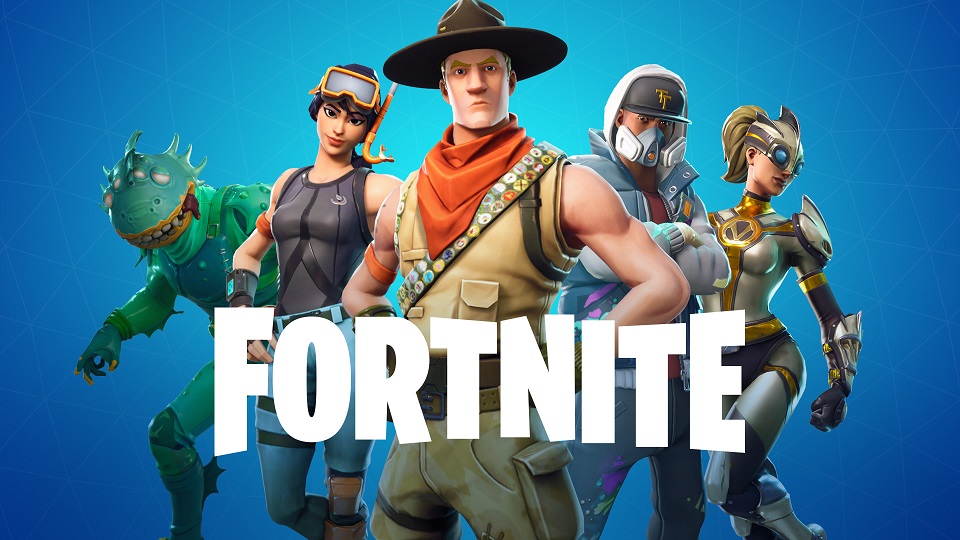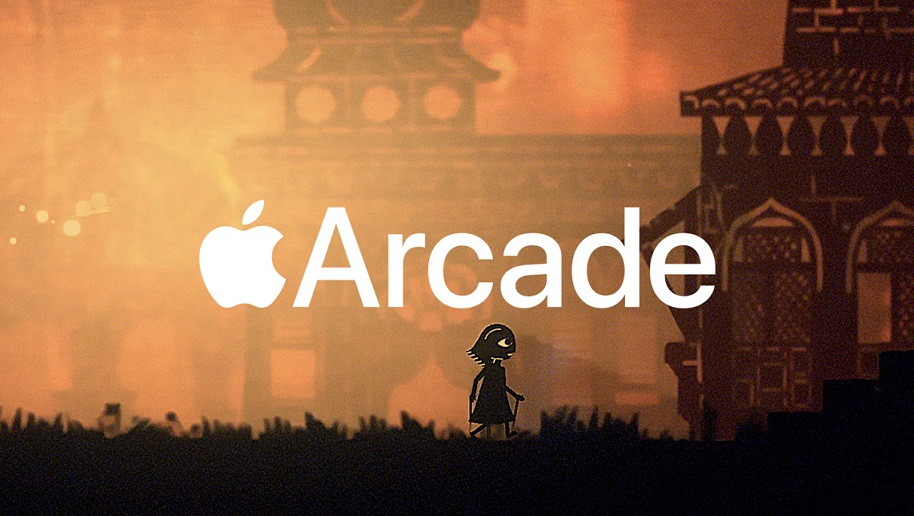The Future of Games
Look around you. 2 out of 3 people you can see play videogames. The videogame industry has grown dramatically in the last decade. From a niche activity which required specialized hardware, and was tailored to a particular type of person, to a social phenomenon that is widely practiced across all segments of society. From large budget action games that teenagers play competitively, to mobile puzzle games that business executives play in between meetings, to simulation games in social media platforms that our grandparents play. The variety of experiences that the industry offers has grown to cover almost 70% of all people in the USA, Western Europe and large parts of Asia.
 Image credit: Epic Games
Image credit: Epic Games
Furthermore, the percentage of our entertainment budget and time that is dedicated to games is steadily increasing. The key turning point in this massive expansion so far was the popularization of smartphones. Before smartphones gamers used desktop PCs or consoles. Nowadays anyone can play with a device that fits in a pocket. The hardware enabled new kinds of experiences, games that can be played a few minutes at a time. And experiences targeted to people who are not traditional videogame players.
However, videogames are still limited by hardware constraints. There is a clear distinction between the typical mobile gaming experience and the gaming experience in a videogame console or PC. Not just because of the form factor, but also the capabilities of the hardware.
Streaming
Google recently announced Stadia. Stadia is game streaming platform that will make it possible to play any game, no matter how hardware-demanding it is, in a mobile device. The game runs in Google’s Cloud infrastructure and is streamed in real time to the device.
Stadia opens up the possibility to bring the highest quality game experiences to a vast number of people who never had access to them. There are around two hundred million people around the world with game consoles and high powered PCs, compared with over two billion people with a smartphone.

It is not the only game streaming program. However, it may be especially successful because of several reasons, including Google’s best in class infrastructure, and the massive engineering effort that was put into it. Including from some of the people that brought YouTube to billions of people worldwide.
Stadia removes the technical blockers that prevent delivering the highest quality experiences to mobile devices around the world, regardless of hardware capabilities. For game developers this is very exciting, because it allows them to bring your game experiences to a much larger number of people.
Moreover, streaming enables developers to build experiences with hardware requirements which would be unrealistic in the platforms of today. In Stadia it’s possible to allocate additional hardware to a player session. A game could, for example, have an additional accelerator used for physics, or game AI, or even rendering much higher quality graphics. No other platform allows attaching additional hardware to a single player. Obviously the cost of running the game would change, but hardware availability ceases to be the limit.
New business models
Another significant change has been the development of new business models, such as free-to-play, subscriptions and packages.
If we look broader at the Media & Entertainment world, it’s obvious that Netflix has become a social phenomenon. The combination of high quality content, all-you-can-consume subscription model, and highly targeted data analytics for content development have created a product with best in class market penetration.
Many of these ideas apply to the videogame industry as well, and we will see changes in the near future. Some of the top mobile game app stores have already announced subscription models. In this type of business model it becomes imperative to be able to deliver a game experience at very low cost.
 Image credit: Apple Inc.
Image credit: Apple Inc.
For online games this means in particular that studios have to be very careful about their server infrastructure and hardware procurement process. Some of Google Cloud Platform customers that I’ve personally worked with are very mindful of the hard work required to optimize their game servers to run very efficiently. Which is key to keep the infrastructure TCO significantly below the expected customer lifetime value over the life of the game.
Game analytics
In today’s gaming landscape it’s also essential to capture and leverage rich player analytic data to keep videogames fresh and monetized over many years. For example, to understand what game mechanics or events drive player churn, and to be able to act in real time to prevent them.
New types of analytics data can be used to improve game experiences and decide where to invest in the creation brand new content. Traditionally analytics was not an area of expertise for many game developers. This raises the opportunity to leverage other types of enterprise-class analytics infrastructure, from public cloud providers.
Google Cloud is especially proud of BigQuery. It provides game developers the same technology that was used to build a hundred billion dollar ad business. Square Enix for example uses this analytics platform successfully, as they explained in a recent talk at GDC.
 Image credit: Square Enix
Image credit: Square Enix
The opportunities ahead of us are massive. For example, to use a data driven approach to create game content. To expand the areas of a game level where players seem to have more fun. Or to automatically adjust the difficulty balance of a game where they find more trouble. Furthermore, the popularity of eSports and game videos in platforms like YouTube is steadily increasing. Which means there is a deeper connection being built between marketing and development. Game developers may want to create games that acknowledge viewers and create good experiences for them as well as players. And conversely, game marketers may use the game and video analytics data from real world play to understand what makes an experience unique and drives viral sharing of game content.
Artificial Intelligence
AI is having a critical impact in all aspects of the technology world, and will soon make an impact in game development as well.
Traditional game AI is mostly dedicated to NPC behavior and subject to very tight hardware constraints. It has to run within the allowed frame budget. But cloud based AI is very different. AI used in the development process for example can help create brand new experiences.
 Image credit: Bioware / Electronic Arts
Image credit: Bioware / Electronic Arts
For instance, AI could be used to create realistic dialog experiences in games, using technologies like speech to text and text to speech, together with tools like Dialogflow, which enable developers to create dialog trees. Some of these technologies have been restricted so far to traditional use cases like call centers. But as the quality of every single part of the voice stack improves we can expect to be able to create high quality, personalized, voice experiences using AI. Imagine for example an adventure game in which the player can interact directly with an NPC. Without having to select an option from a screen, but simply talking to it.
Voice is just the tip of the iceberg. The range of potential AI applications to games is very large. From generation of game assets to automated game testing or realistic avatar generation. These are just some of the potential AI improvements to the processes that consume the most development budget and time in modern games.
The Future
For game publishers and developers these industry changes bring interesting challenges as well as opportunities. Games keep getting more complex and connected, and are being delivered through new platforms and sales channels. Also, game budgets continue to increase, so it’s becoming important for developers to learn how to use analytics and artificial intelligence to keep costs under control.
I hope you found this interesting and you share my excitement for future of the videogame industry. You can reach out to me on LinkedIn.
The blog post The Future of Games appeared first on Javier Tordable Blog.